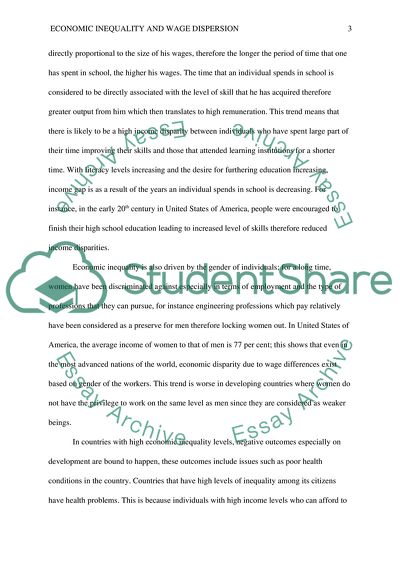Cite this document
(Economic Inequality and Wage dispersion Essay Example | Topics and Well Written Essays - 1750 words, n.d.)
Economic Inequality and Wage dispersion Essay Example | Topics and Well Written Essays - 1750 words. https://studentshare.org/macro-microeconomics/1824147-economic-inequality-and-wage-dispersion
Economic Inequality and Wage dispersion Essay Example | Topics and Well Written Essays - 1750 words. https://studentshare.org/macro-microeconomics/1824147-economic-inequality-and-wage-dispersion
(Economic Inequality and Wage Dispersion Essay Example | Topics and Well Written Essays - 1750 Words)
Economic Inequality and Wage Dispersion Essay Example | Topics and Well Written Essays - 1750 Words. https://studentshare.org/macro-microeconomics/1824147-economic-inequality-and-wage-dispersion.
Economic Inequality and Wage Dispersion Essay Example | Topics and Well Written Essays - 1750 Words. https://studentshare.org/macro-microeconomics/1824147-economic-inequality-and-wage-dispersion.
“Economic Inequality and Wage Dispersion Essay Example | Topics and Well Written Essays - 1750 Words”. https://studentshare.org/macro-microeconomics/1824147-economic-inequality-and-wage-dispersion.


